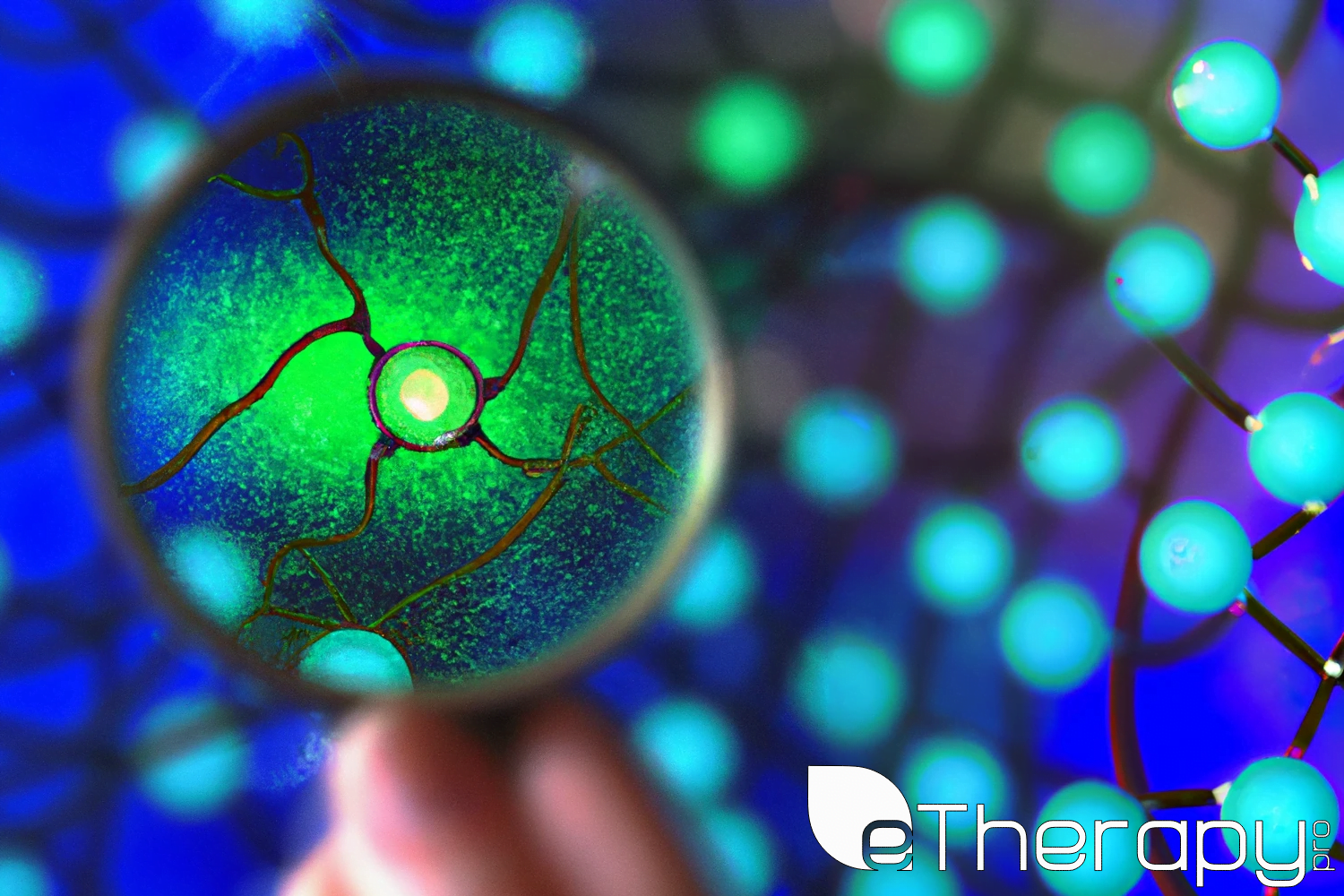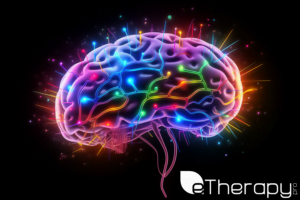 Recognizing the signs of Borderline Personality Disorder (BPD) in oneself can be a daunting process, especially given the complex nature of this mental health disorder. This guide aims to walk you through understanding BPD, the role of self-assessment, and when it might be time to consider professional testing.
Recognizing the signs of Borderline Personality Disorder (BPD) in oneself can be a daunting process, especially given the complex nature of this mental health disorder. This guide aims to walk you through understanding BPD, the role of self-assessment, and when it might be time to consider professional testing.
Understanding Borderline Personality Disorder
Understanding what BPD is and its key symptoms is an essential first step in recognizing whether you might have this disorder.
Defining Borderline Personality Disorder
BPD is a mental health disorder that significantly affects the way individuals perceive themselves and others, leading to challenges in daily functioning. This often involves patterns of unstable relationships, intense emotional experiences, impulsive behaviors, and a distorted self-image.
The Key Symptoms of Borderline Personality Disorder
Symptoms of BPD typically begin to manifest during adolescence or early adulthood and might include fear of abandonment, unstable or shifting relationships, unstable self-image, impulsive or self-damaging behaviors, self-harm or suicidal behavior, mood swings, feeling empty, difficulty controlling anger, and suspiciousness or disconnection from reality.
Self-Assessment for Borderline Personality Disorder
Considering your behaviors, emotions, and patterns of thinking can be an essential step in recognizing potential symptoms of BPD.
The Role of Self-Assessment in Recognizing BPD
Self-assessment, while not a diagnostic tool, can be a valuable first step in identifying potential symptoms of BPD. Reflecting on your own emotional patterns, relationships, and self-perceptions may provide valuable insights that warrant further exploration with a mental health professional.
Limitations of Self-Assessment
Though self-assessment can be helpful, it does not replace a professional diagnosis. BPD is a complex disorder and can overlap with many other mental health conditions, leading to potential misunderstandings or misdiagnoses. It is critical to consult a mental health professional for an accurate diagnosis.
Recognizing When to Seek Testing for BPD
Certain persistent and disruptive symptoms may signal the need for professional evaluation for BPD.
Persistent and Disruptive Emotional Patterns
Persistent patterns of emotional instability, characterized by intense mood swings often without a clear trigger, may be indicative of BPD.
Struggling with Relationships and Self-Image
Experiencing ongoing difficulties in maintaining stable relationships, coupled with a fluctuating self-image, can also be a symptom of BPD. These struggles might manifest as quickly shifting perceptions of others, swinging from idealization to intense dislike or anger.
The Presence of Self-Harming Thoughts or Behaviors
If you’re experiencing self-harming behaviors or thoughts, it is crucial to seek immediate professional help. Such symptoms indicate a serious concern that needs prompt attention.
Seeking Professional Help for BPD Diagnosis
If you recognize signs of BPD in yourself, the next step involves seeking professional help.
Steps to Seek Professional Help
A mental health professional can provide a BPD diagnosis based on a comprehensive evaluation, which includes a detailed personal and family history, a thorough interview, and the application of diagnostic criteria defined in the Diagnostic and Statistical Manual of Mental Disorders (DSM-5). Online platforms offer secure and convenient means to connect with qualified professionals.
After the Diagnosis: Moving Forward with BPD
Upon receiving a BPD diagnosis, the journey towards management and recovery begins.
Understanding Your Diagnosis
Getting a diagnosis of BPD can bring relief, as it provides an explanation for the troubling symptoms you’ve been experiencing. However, it can also evoke a variety of emotions, including fear, confusion, and even grief. It’s important to give yourself time to process the diagnosis and gather as much information as possible about BPD to fully understand what it means.
Treatment and Support Options
Treatment for BPD usually involves a combination of psychotherapy, skill training, and in some cases, medication. Cognitive Behavioral Therapy (CBT) and Dialectical Behavior Therapy (DBT) are commonly used therapeutic approaches for managing BPD. These therapies can help individuals learn to regulate their emotions, reduce impulsivity, and improve their relationships. Many professionals, including those available through online platforms, are skilled in these techniques and can provide consistent support and guidance.
Coping and Living with BPD
Living with BPD can be challenging, but it’s important to remember that with the right support, you can lead a fulfilling life. Key strategies include creating a strong support network, learning effective coping skills, staying engaged in treatment, and practicing self-care. Online therapy services can provide ongoing support, helping you build resilience and improve your quality of life.
Conclusion
Recognizing and understanding the signs of BPD, and considering professional testing, are significant steps towards getting the help you need. While self-assessment can provide initial insights, it is crucial to remember the importance of seeking a professional diagnosis for an accurate understanding and treatment plan. You are not alone in this journey, and there are resources available to help, including online platforms providing access to licensed therapists. If you’re struggling with symptoms of BPD, remember that help is available, and recovery is possible.









